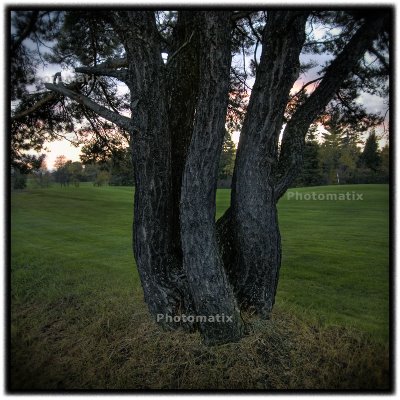HDR Stab no.2

It struck me in a bit of a news flash in my head that a "delicately" created HDR/Tone Mapped photograph bears a striking resemblance to my all-time favorite photographic print medium of large-format, color-negative-generated C prints. Perhaps this epiphany (and the recent election results) heralds a new era - Happy days are here again - perhaps.
Joel Truckenbrod wrote, "...what do you think the deal is with all of the "plasticy" HDR work out there? Simple user incompetence? I'm not familiar with the controls available, so I'm unsure of where the pitfalls are in the process. Regardless, It's somehow strangely comforting to know that photographer is still important to the final result.
Also, what implications does this have on photographers today (in a more global sense)? I've certainly noticed a shift in accepted tonal aesthetics since the day's when Velvia ruled the calender club's world. It will be interesting to see what HDR is seen as in time, when the novelty of the idea wears away."
Quick Answer - The creation of an HDR, like image editing in any other software, is definitely governed by user input. In effect, it is another extension of the photographer's digital darkroom toolbox, and, like all tools, they can be used to create all manner of output for all manner of "taste".
Joel also wrote, "When HDR is simply used a tool to confront the limitations of the medium, I find myself embracing the idea..." At the moment, that sentiment pretty much reflects my idea on the subject.
The photograph published with this post is a great example of using HDR/Tone Mapping to create a result that was nye unto impossible using Photoshop alone. Without going too deep into technique - which we don't talk about here - the final image file was created by generating an HDR file from 4 files created from 1 RAW image file processed 4 times - one for deep shadow detail, one for highlight detail, etc. Then Tone Mapping was applied and it is with this step that the look of the final image was created.



0 Comments:
Post a Comment
<< Home